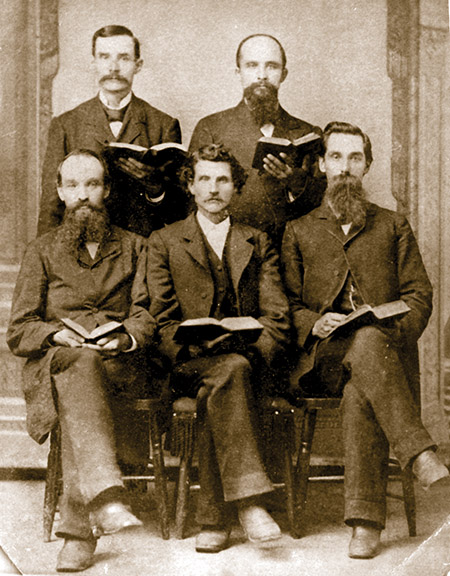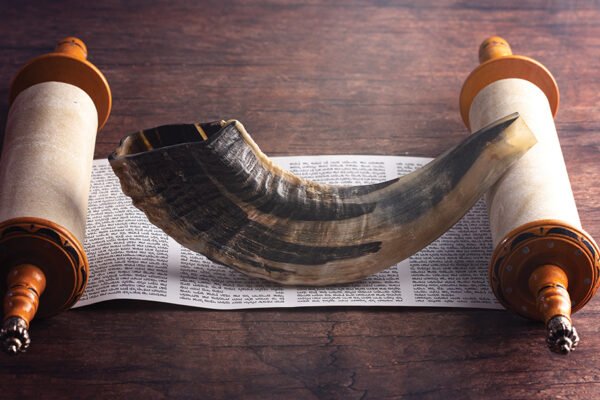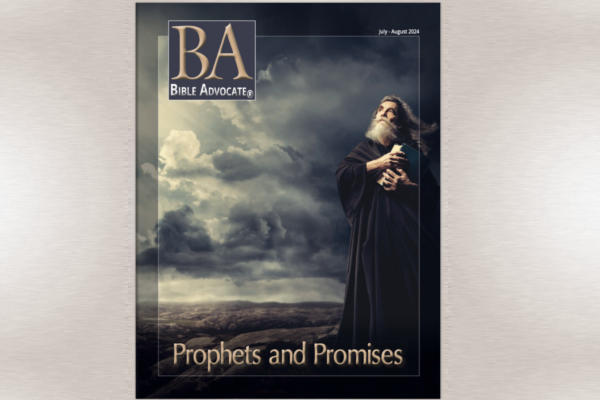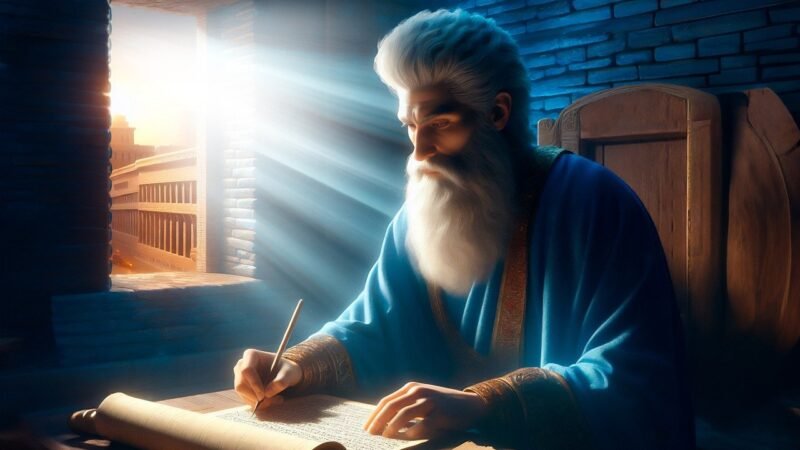Like most churches of the nineteenth century, the Church of Christ, Michigan, and the Church of Jesus Christ, Iowa, believed that most Bible prophecies had been fulfilled. It was generally believed that the seven churches of Asia Minor, identified in Revelation 2 and 3, represented church eras and that the Christian church was in the Laodicean, or the last church, age.
The Iowa and Michigan churches anticipated the second coming of Jesus as the next great prophetic event. According to The Hope of Israel (October 10, 1863), they expected Jesus’ return to be accompanied with the resurrection of the righteous dead to everlasting life, the establishment of His millennial kingdom on earth, restoration of the earth “to more than its Eden glory and beauty.” They anticipated that at the end of the millennium, the wicked would be resurrected and annihilated in the lake of fire just prior to the establishment of God’s eternal kingdom.
These churches also anticipated the reestablishment of the State of Israel. This series of beliefs, as a whole, was known in the 1850s as “the age to come” doctrine.
The Michigan and Iowa churches believed the 1,260 years of domination by the Roman church’s papacy over the Christian world, spoken of in Daniel 7, had ended in 1798. They believed that Catholicism’s authority would continue to diminish in the years to come until it was ultimately destroyed by the brightness of Jesus’ coming.
The Hope of Israel published articles calling believers to come out of Rome’s apostasy and accept Bible truth — and the observance of Sabbath in particular — without fear of persecution or the threat of death.
The Michigan and Iowa churches did not believe prophetic interpretations should become a test of fellowship, and declined to establish their prophetic beliefs as doctrines, except for the return of Jesus and its attendant events making up the “age to come” doctrine.
In contrast to the Iowa and Michigan churches’ simple eschatology (the branch of theology dealing with the final end of humanity and of the world), the Seventh-day Adventist Church taught a convoluted eschatology:
- The United States is the two-horned beast of Revelation 13:11-17 and would be complicit in enforcing the mark of the beast upon Christianity.
- The three angels’ message, with special emphasis on the third angel’s message of Revelation 14:6-12 as an end-time message and the outpouring of the seven last plagues of Revelation 15, 16 (which the SDA Church considered future and literal events) is God’s wrath upon a sinful world.
Revised eschatology
The churches of Iowa, Michigan, and Missouri organized the General Conference of the Church of God in October 1884. Other than its doctrine that humanity may receive salvation through faith in Jesus Christ, the Conference’s simple message was the observance of the weekly Sabbath and the second coming of Jesus, including the tenets of the “age to come” doctrine.
However, the eschatology of the Church of God was completely revised by her president, Andrew N. Dugger, in the 1920s and 30s. He introduced a modified version of the SDA’s eschatology to the Church. He taught the revival of papal authority, permitting its future enforcement of the mark of the beast. He wrote that the Church of the 1920s and 30s was preaching the third angel’s message in anticipation of the outpouring of the seven last plagues, which he considered future and literal events. He taught Jesus’ return would be ushered in by the Battle of Armageddon.
While Dugger’s revision of the Church’s eschatology met with some resistance, it was accepted by most of the Church’s clerics and members. But it had a devastating effect upon her gospel message. The Church all but abandoned preaching the gospel of Jesus Christ in order to emphasize prophecy and the events that would lead to Jesus’ return.
The ministerial body of the Church of God enshrined a mix of the “age to come” and Dugger’s prophetic concepts in its revision of What the Church of God Believes and Why of 1949. It included the following:
- Millennial reign of Christ on earth
- Earth restored
- Three divisions of God’s kingdom, which are the present kingdom of grace, the millennial kingdom of Jesus, and the eternal kingdom of God
- Reestablishment of the State of Israel
- Second coming of Christ
- Role of prophecy in pointing to the nearness of Jesus’ return
- Sign of the times demonstrating that the world is in the “time of the end”
- Outpouring of God’s wrath upon sin and sinners in seven literal, future plagues
- Third angel’s message as a last-days message inviting believers to come out of the apostasies of the beast power of Revelation 13:11-17
However, as the Church of God recognized that her overemphasis on prophecy was misplaced and she began preaching the grace of God as the only means of salvation through faith in Christ, she reduced her prophetic concerns to two simple statements in our current Statement of Faith (“This We Believe,” pp. 4-6).
[bctt tweet=”The Spirit of God who dwells within each believer corrects and leads us into all truth. – Robert Coulter”]
Growth in grace and knowledge
As we have reflected on the development of the Church of God’s theology in the Bible Advocate this year, our appreciation has grown for her open creed. It has allowed us to grow in grace and knowledge of the Lord Jesus Christ.








